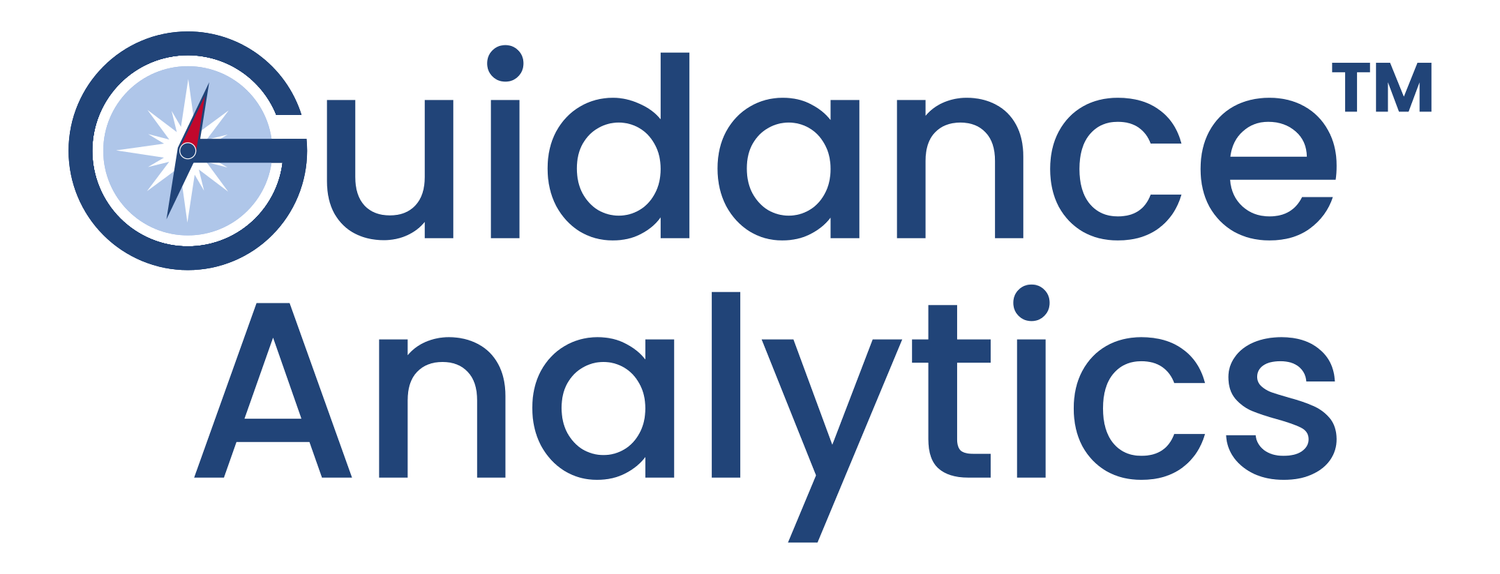
Ask Dr. Gale
-
In 2025, radiology practices will have difficulty earning positive payment adjustments using standard MIPS measures. Standard Qualified Payment Program (QPP) measures are no longer favorable for radiologists and certain radiology friendly measures have been eliminated. It’s still possible to avoid a penalty in 2025, but you will need near perfect scores to get there. This is why we offer a Qualified Data Registry (QCDR) through the ACR who offers 23 additional radiology specific QCDR measures which help radiologists maximize MIPS payment adjustments.
-
CMS continues to offer an Extreme and Uncontrollable Circumstances Exception in 2024. The Covid and exemption was eliminated for 2024. Providers must demonstrate that they’ve been affected by extreme and uncontrollable circumstances that impact their MIPS performance categories.
We have been advising practices to consider that 2025 will be a year that practices can earn positive payment adjustments. You should consider claiming your fair share.
-
Yes, if your billing company is submitting MIPS scores to a QCDR you are in a good position to avoid a MIPS penalty. If your billing company is only submitting standard QPP measures, it is possible to avoid a penalty in 2025, but you will need near perfect scores to get there.
-
No, it is not too late. Guidance Analytics is still taking on new clients for 2024.
-
The 2025 Final Rule by CMS requires approximately 40% of all MIPS providers to receive penalties. Historically, CMS had never penalized more than 3% of all providers, until 2022. Beginning in 2022, CMS is expected to penalize 33% of all providers. This percentage increases in 2023 to 38% While this is bad news for some, it also means dramatically more money will be available to distribute to high performing radiologists through positive payment adjustments.
-
It is imperative for organizations to consider working with a partner that also provides MIPS consulting during the year to help your practice stay on track and allow faster intervention to optimize providers’ quality and financial performance.
Our service uses AI to automatically analyze your data and provide real-time dashboards with your MIPS scores. Our consultants host regular MACRA optimization sessions during the year to help your practice stay on track to optimize providers’ performance and maximize your Medicare payment adjustments.
-
When CMS issued the Final Rule for 2022, the Rule made significant revisions to the existing MIPS program and outlines a timeframe for transitioning to the new MIPS Value Pathways (MVPs).
MVPs include a subset of measures and activities tied to a specific specialty, clinical condition, or episode of care. MVPs will be available for reporting beginning in performance year 2023. However, there are no radiologist specific MVPs for 2025. CMS has recently proposed two MVPs for radiology which could go into effect for 2026.
-
The Medicare Access CHIP Reauthorization Act (MACRA) replaced the sustainable growth rate (SGR) formula creating annual physician payment updates in the initial years and beginning in 2019 basing physician payment on either of two payment tracks known as the Merit-based Incentive Payment System (MIPS) and Alternative Payment Models (APMs). This payment system is also referred to as the Quality Payment Program (QPP).
-
MIPS is a system that provides annual updates to providers that started in 2019 based on performance in 2017 in four categories: quality, cost, improvement activities (IAs), and advancing care information (ACI). It consolidates the previous quality programs (PQRS, Value-Based Modifier program, and Meaningful Use). Providers receive a score under MIPS and depending on the score will receive a positive, neutral or negative payment adjustment to their Medicare payments.
Brian Gale, MD, MBA, Co-Founder and Managing Member of Guidance Analytics, is a radiologist and Director of Radiology Informatics at a top medical school in New York City. He founded Guidance Analytics to help radiologists streamline the process of reporting MIPS Quality measures. Dr. Gale graduated from SUNY Buffalo School of Medicine and Columbia Business School in New York City. He is a past president of the Brooklyn Radiological Society and lectures on the business of radiology, messaging protocols, malpractice insurance, informed consent, diagnostic test result communications and practice valuation.

